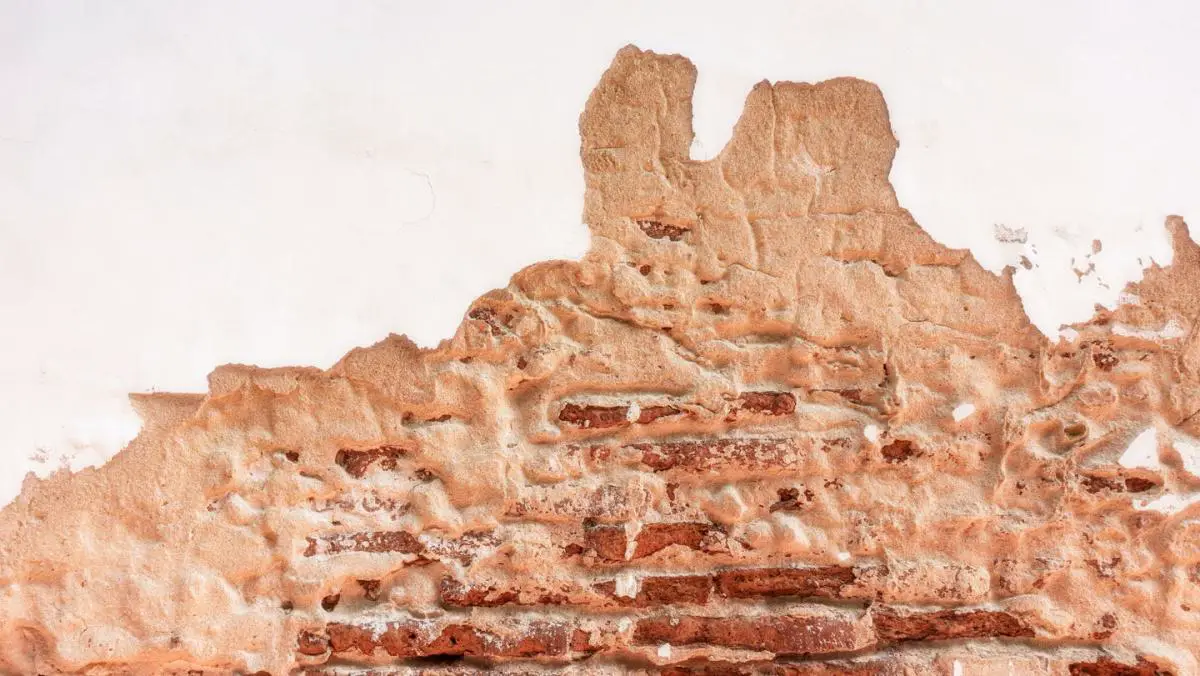-
Archaeologists discovered a walled city in the northern Saudi Arabian desert that was likely home to 500 people as far back as 2,400 B.C.
-
The experts believe the city’s roughly 1,000 years of use showed a growing urban complexity in the region.
-
The town was functionally subdivided into different areas, but also included towers and ramparts for defense.
A newly discovered ancient oasis in the Saudi Arabian desert shows that, centuries ago, the area had a completely unexpected level of urban sophistication. The remains of the walled and fortified city include towers, ramparts, organized zones of residential areas connected by small roads, a centralized area, a cemetery, and a place to cultivate food.
In a new study published in the journal PLOS ONE, a team of archaeologists (led by France’s National Center for Scientific Research) unveiled the discovery of an “exceptional Bronze Age fortified site called al-Natah,” located in the Khaybar oasis and uncovered by the Khaybar Longue Duree Archaeological Project.
The find marks the first time in northwestern Arabia that researchers have seen the characteristics of a second or third millennium B.C. settlement over a large area. Preliminary surveys show that across six acres, a fortified town—built around 2,400 to 2,000 B.C. and used for roughly 1,000 years—was “functionally subdivided into a residential area, probably a decision-making zone, and a necropolis,” the authors wrote. The dwellings followed a standard plan, all connected by small streets separated from the farming area, the cemetery, and the central district.
“By comparison with neighboring oasis centers,” the study authors wrote, “we suggest that northwest Arabia during the Bronze Age—largely dominated by pastoral nomadic groups and already integrated into long-distance trade networks—was dotted with interconnected monumental walled oases centered around small, fortified towns.” These types of discoveries also show evidence of weak but increasing social complexity through the Early and Middle Bronze Ages.
The team estimated that the roughly 50 dwellings—that number could still rise to 70 upon further investigation, they wrote— in the four-acre residential area could have housed a population of around 500 people, as some of the dwellings had three levels.
The compact city site included a slope with a cultivated area in the valley, located at a junction between a key east-west road and a north-south road. Two large towers with ramparts show the defensive nature of the walls.
“Topography thus played a decisive role in the siting of structures, as can be unambiguously seen around and along the small ridge on the northeastern side of the site,” the authors wrote.
The walled oasis of Khaybar included water in the form of springs and aquifers, which would have facilitated the agricultural production that provided a steady and secure food supply for inhabitants. “The outer fortifications were thus clearly designed to protect the site’s resources and to regulate access and trade,” the authors wrote, adding that the radical change in lifestyle—from a pastoral-nomadic way of life to a more agropastoral subsistence—would have had a profound impact on the complexity of their settlements.
Discovering a large quantity of small and medium-sized basalt grinding stones, mortars, and pestles showed that the residents ground cereals and prepared meals, which often included meat and milk from animals raised on site.
Access to Saudi Arabia over the last 20 years has helped reshape our collective understanding of regional oases, and transformed the knowledge about the area from the fourth to second millennium B.C., the authors wrote, noting that this discovery could be part of a larger regional network of fortified cities.
You Might Also Like


Leave a Comment